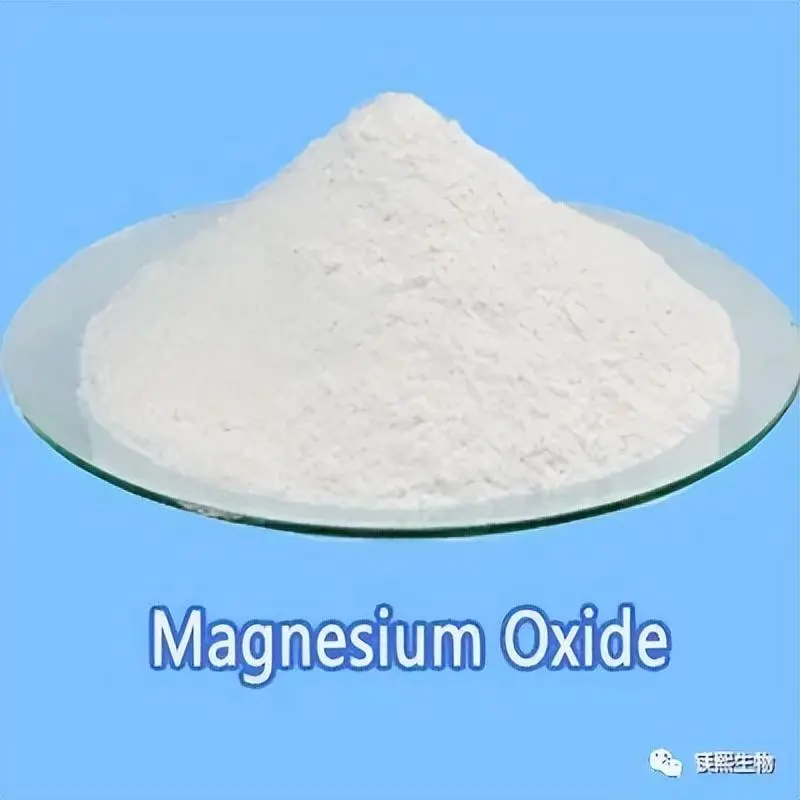Hebei Messi Biology Co., Ltd. stated that magnesium oxide inhibits the flow of polyhalide lithium salt electrolytes at high temperatures, ensuring the safety of thermal batteries. The physical properties of different types of magnesium oxide materials were compared and studied, and their adsorption performance on lithium salt electrolytes was analyzed through overflow experiments. The results show that magnesium oxide materials with low tap density and large specific surface area exhibit the best adsorption performance.

The single pole piece of the thermal battery consists of a heating material, a positive electrode, an electrolyte and a negative electrode. When the battery is activated, the heating material is ignited and begins to provide heat for the battery. When the internal temperature of the battery is higher than the melting point of the electrolyte, the electrolyte melts and forms an ion path between the positive and negative electrodes, and begins to discharge when the external circuit is loaded. However, since the electrolyte is fluid in a molten state, it is easy to cause electrolyte leakage, accelerate self-discharge, and in severe cases cause internal short circuits, burying safety hazards for the battery. In order to inhibit the flow of electrolyte during discharge, chemically inert adsorbent materials are usually added to the electrolyte layer. Magnesium oxide, as the most commonly used flow inhibitor in the field of lithium-based thermal batteries, mainly fixes the molten electrolyte in the pores of magnesium oxide materials through the capillary adsorption of the material itself. The electrolyte flow inhibition effect will increase with the increase of the proportion of magnesium oxide material added, but when the amount of magnesium oxide added is too high, it will lead to an increase in the internal resistance of the thermal battery and a weakening of the pulse performance. Therefore, while achieving a good electrolyte flow inhibition effect, reducing the addition ratio of magnesium oxide materials is a hot spot and difficulty in studying thermal battery flow inhibitors, which puts higher requirements on the various physical and chemical properties of magnesium oxide materials.
The differences in bulk density, particle size distribution, specific surface area, micromorphology, etc. of different types of magnesium oxide materials were explored, and isolation powders were prepared using different types of magnesium oxide materials to test the overflow rate of electrolytes, and the adsorption of different magnesium oxide materials on electrolytes was evaluated. Finally, the magnesium oxide material with the best adsorption effect was selected to meet the application needs of thermal batteries.
The adsorption performance of different types of magnesium oxide materials on electrolytes was studied, and the results showed that magnesium oxide materials with small tap density and large specific surface area have the best adsorption performance on electrolytes. The tap density of the 2# magnesium oxide sample prepared from bischofite raw material by brine ammonia method is only 0.32g/cm3, the microscopic morphology is nano-spherical, and there is a certain agglomeration between particles, the particle size distribution is relatively concentrated, and its specific surface area can reach 55.17m2/g. The isolation powder prepared using this magnesium oxide sample showed the lowest overflow rate in the hot pressing experiment, indicating that the isolation powder can meet the application requirements of thermal batteries.
